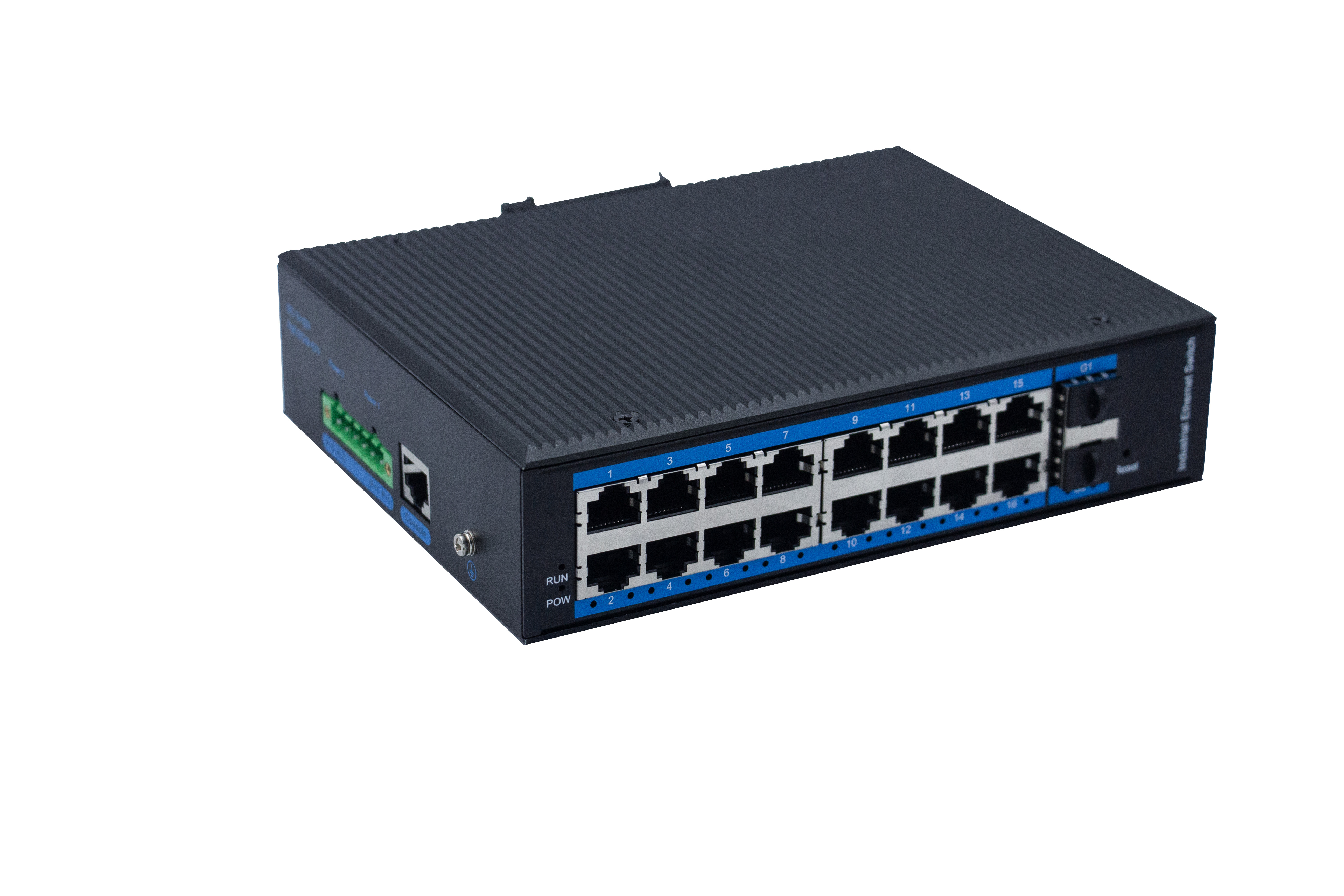.

Unveiling the Power of Industrial Grade Switches
Industrial grade switches play a critical role in modern network infrastructures. They are designed to withstand harsh operating conditions, provide reliable connectivity, and offer advanced features tailored for industrial environments. Let's dive deeper into what industrial grade switches are and how they can optimize network performance and enhance overall reliability.
1. Industrial Grade Switches: An Overview
Industrial grade switches, also known as industrial Ethernet switches, are ruggedized networking devices engineered to meet the unique demands of industrial applications. Unlike commercial switches, industrial switches are built with hardened components and robust designs to endure extreme temperatures, electrical interference, vibrations, and other environmental challenges commonly found in factories, oil refineries, transportation systems, and power plants.
2. Key Features and Benefits
Industrial grade switches offer a wide range of features and benefits that differentiate them from their commercial counterparts:
A. Durability and Reliability:
With their sturdy construction and hardened components, industrial grade switches provide long-lasting and dependable performance even in harsh conditions. They offer high MTBF (Mean Time Between Failures) rates and are engineered to withstand temperature fluctuations, humidity, and electrical noise.
B. Extended Temperature Range:
Industrial switches can operate in a broad temperature range, typically from -40°C to 75°C, making them suitable for both outdoor and indoor installations. This flexibility allows organizations to deploy networks in diverse environments without worrying about performance degradation or equipment failures due to temperature variations.
C. High Network Availability:
Industrial switches often feature redundant power inputs, power over Ethernet (PoE) support, and multiple fiber-optic or copper ports with link aggregation capabilities. These features ensure uninterrupted network connectivity, minimize downtime, and enable efficient fault tolerance and load balancing.
D. Layer 2 and Layer 3 Functionality:
Industrial grade switches provide advanced network management capabilities, including VLAN (Virtual Local Area Network) support, Quality of Service (QoS), multicast filtering, and routing protocols like OSPF (Open Shortest Path First) and RIP (Routing Information Protocol). These features allow for efficient traffic control, network segmentation, and optimized data transmission.
3. Deployment Scenarios
Industrial grade switches are widely used in various sectors, including:
A. Manufacturing:
In manufacturing facilities, industrial switches connect PLCs (Programmable Logic Controllers), machinery, and sensors, enabling real-time monitoring, automation, and seamless communication between devices for efficient production processes.
B. Transportation and Smart Cities:
Industrial switches form the backbone of transportation networks, connecting traffic lights, surveillance cameras, ticketing systems, and other critical infrastructure. Moreover, they play a crucial role in building smart cities by establishing reliable networks for intelligent street lighting, waste management, and environmental monitoring.
C. Energy and Utilities:
Industrial grade switches are employed in power generation plants, substations, and oil and gas refineries to ensure secured and continuous transmission of data between control centers, the grid, and various IoT (Internet of Things) devices. They enhance grid resilience, enable remote monitoring, and support efficient energy distribution.
4. Final Thoughts
Industrial grade switches are indispensable elements of industrial networks. With their robust designs, advanced features, and ability to withstand harsh environmental conditions, these switches improve network performance, enhance reliability, and ensure uninterrupted operations. Their widespread adoption across industries reflects their crucial role in the era of digital transformation.





